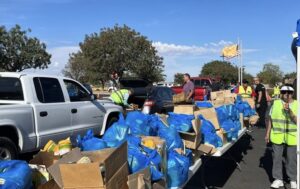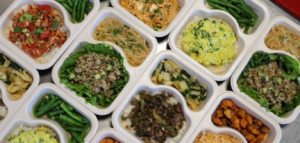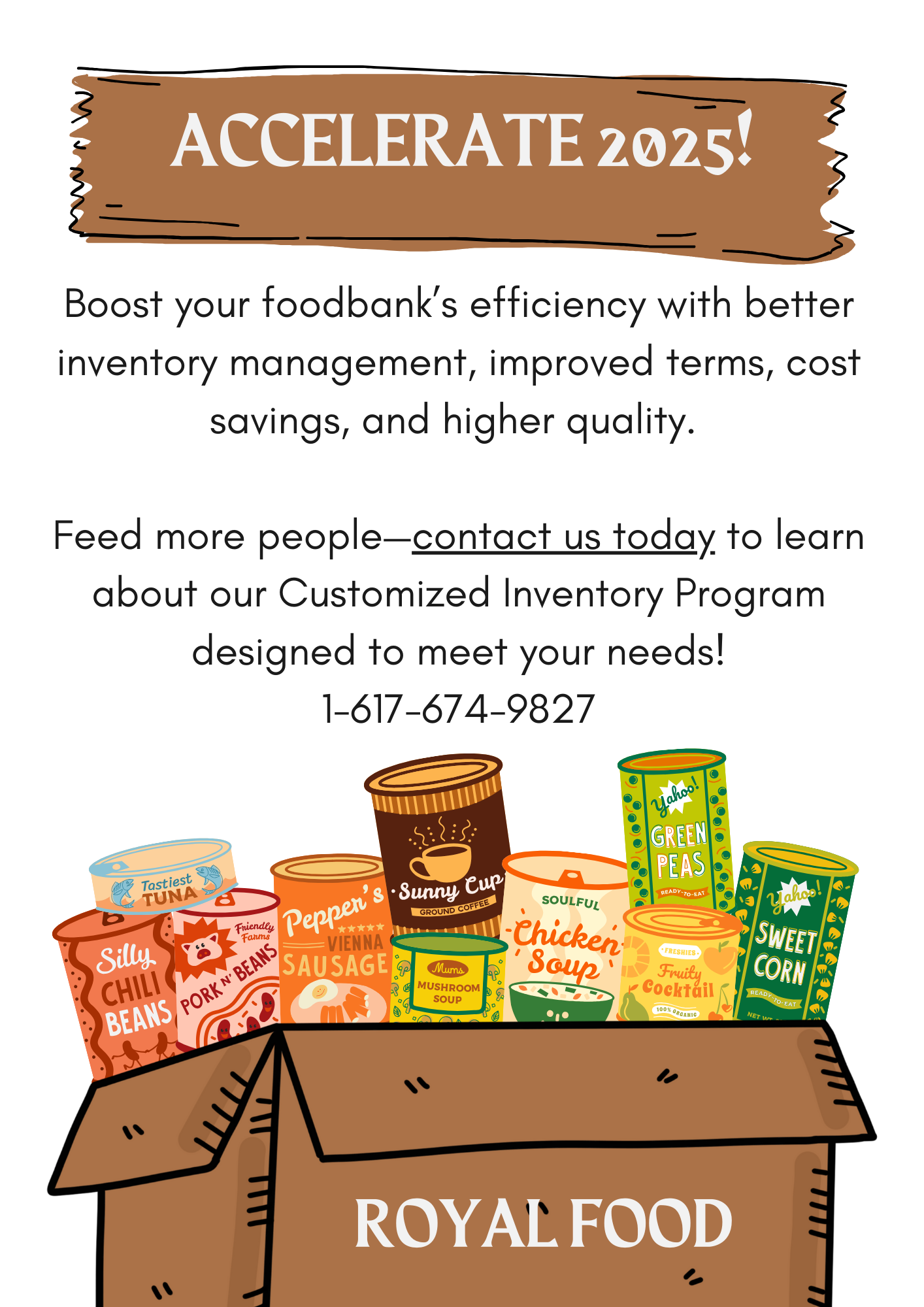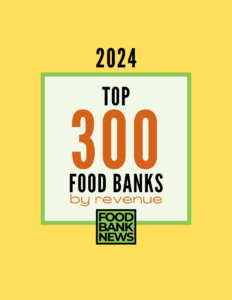When it comes to countering stigma, it’s the little things that matter.
Food banks and pantries are striving to convey greater respect to clients as a way to combat the stigma that either prevents people from getting food in the first place or makes them feel bad while they do. They are finding that small actions, like normalizing the food pantry experience by advertising it in the local newspaper, can make a difference.
Stigma may seem like a small barrier but its impact is real. It’s one of the key reasons why 52% of adults over the age of 60 who are eligible for SNAP are not enrolled in it, according to this study from Benefits Data Trust, a Philadelphia-based nonprofit.
Similarly, a January 2022 survey from Connecticut Foodshare’s Institute for Hunger Research & Solutions found that 69% of respondents have concerns about using a pantry because they would rather support themselves; 42% say they would feel embarrassed to use a pantry, and 40% worry that others would find out.
“There’s a cultural understanding of benefits as being for people who are lazy or who are milking the system or who don’t want to work, and it just prevents people from seeking help that could really improve their lives,” said Urszula Pruchniewska, Senior User Experience Researcher at Benefits Data Trust.

The reality is that most people who are food insecure face common financial setbacks, like the loss of a job or the need to care for a sick family member. According to this analysis from the Food Research and Action Center, 86% of SNAP benefits go to homes with children, an elderly adult, or someone with a disability. And 60% of American adults will live below the poverty line for at least a year in their lifetime.
Stigma surfaces in countless small ways. It’s often deeply internalized due to cultural messaging and political debates around “government handouts,” but also comes from public shaming, such as a judgmental look, or a structural obstacle, such as a food pantry that doesn’t actually provide the kinds of food a person typically eats.
“Stigma comes from losing control over your choices and what you’re providing for your family and yourself. That diminishes agency,” said Matt Spence, Chief Programs Officer at Feeding Tampa Bay.
Feeding Tampa Bay has made training its staff and volunteers on respect and dignity a priority. Its website includes “The Grow Code,” a set of principles that are discussed in the interview process. The very first is “We honor all.” Spence noted, “We want to make it clear that just as much as we choose the applicant, they need to choose our culture.”
A culture that emphasizes service is evident in Feeding Tampa Bay’s Trinity Cafe, the result of a 2019 merger. The cafe, now in three locations, serves guests free nutritious, three-course, sit-down meals, with volunteers providing a high-end experience by serving food and bussing tables.
As the food bank began integrating its services with the cafe, it was thoughtful about how to do so while maintaining the dignity of Trinity’s fine-dining experience. At the restaurant’s third location, Feeding Tampa Bay stationed social workers and community health nurses on site, but made sure that guests do not need to walk by them on their way to the dining area.
“You don’t run through a gauntlet of services to get your meal. It may seem like a little thing, but to us it was very important and goes back to stigma,” Spence said. “We have a lot of people who come to lunch with a work shirt on. They have a job, yet they are struggling to make ends meet. They don’t need a ton of other services, but they do benefit from the free meal.”
Foreign-language capabilities and connections with community organizations helps the food bank ensure its offerings are meeting the right needs. Recently, it learned that peanut butter was not something Hispanic families wanted, so the food bank swapped it out for additional rice and beans. And it has redesigned direct distributions to make its warehouse feel like a public market where people can make choices about what foods they take.
“The opportunity for people to have some level of control – whether that’s choice, whether that’s paying in some way or whether that’s sitting down and having an experience like you would have in a restaurant – those are all ways to break down the stigma of accessing the food relief system,” Spence said.
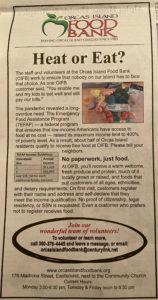
For Orcas Island Food Bank in Washington state, reducing stigma starts with feeding people what they actually want to eat. It has focused in recent years on providing more fresh food to the community and displaying it in an inviting way.
“Our community is one of farmers and healthy eaters,” said Amanda Sparks, Executive Director. “If they walk in and they can’t self-identify with the product being served, it’s not a resource they’re going to use.”
About half the residents of the island known for its tourism qualify for food assistance. Many of them are workers who simply can’t afford the high cost of living, and Sparks said it’s essential that the food bank encourage those people to get the assistance they need rather than move away.
To that end, the food bank runs ads in the local paper that emphasize its doors are open for anyone and that no paperwork is required to receive food. The messaging is designed to reframe the concept of food assistance as an issue of food justice, rather than a handout.
Messaging is key to combating stigma, according to BDT’s research. Many people respond positively, for example, when they feel the food they are receiving is an outcome of paying taxes over the years. Further, people need to know that accepting benefits is not taking them away from someone else who needs them.
To better serve the island’s community of Hispanic residents, Orcas Island Food Bank sought advice from a Hispanic-focused food bank in neighboring Seattle and realized that the community prefers cooked food over raw ingredients, given that many members work multiple jobs. As a result, the food bank secured a grant to hire a Hispanic single mother to make meals. More Hispanic customers are signing up as word spreads about the service.
“Dignity is defined when all demographics in our community who need food can see themselves and their families represented on the shelves,” Sparks said. – Ambreen Ali
Ambreen Ali is a freelance writer and editor based in New Jersey. She was formerly an editor at SmartBrief and a congressional reporter at CQ Roll Call in Washington, D.C.
Like what you’re reading?
Support Food Bank News
